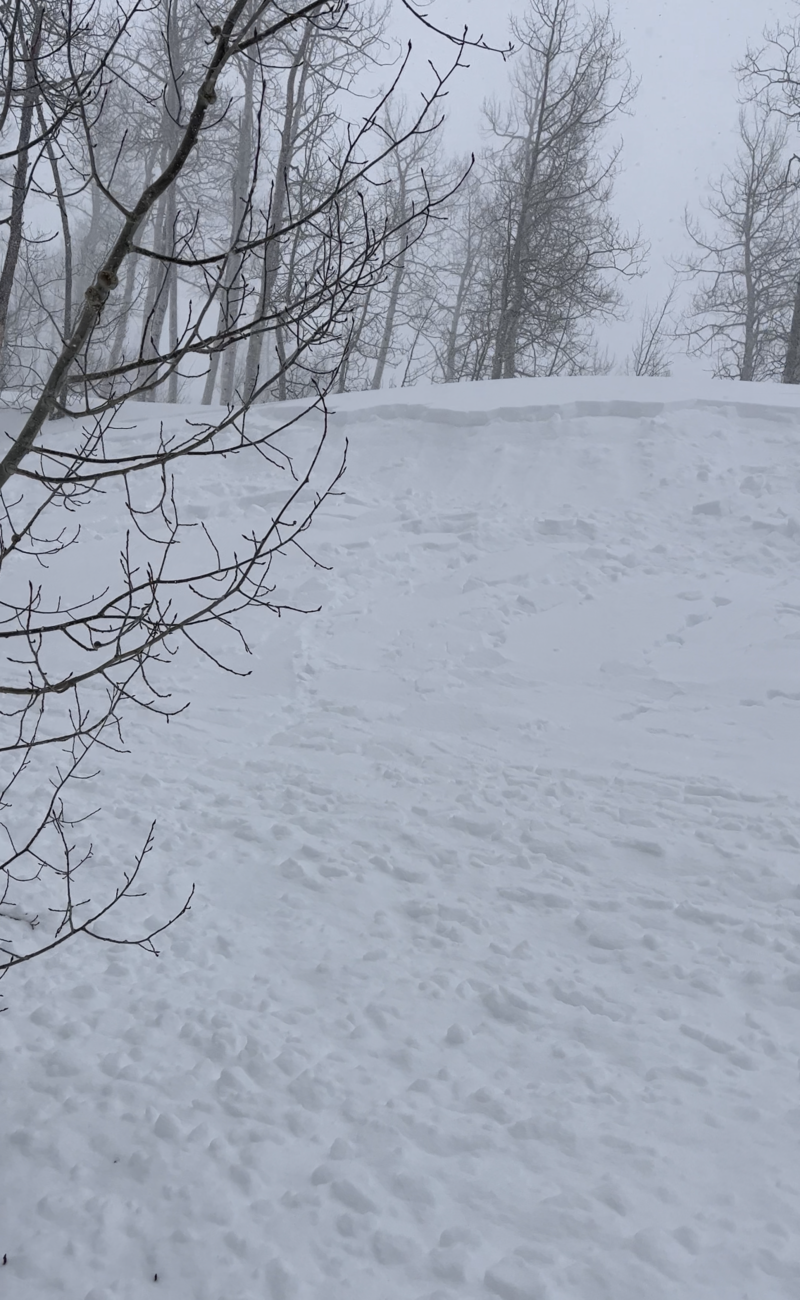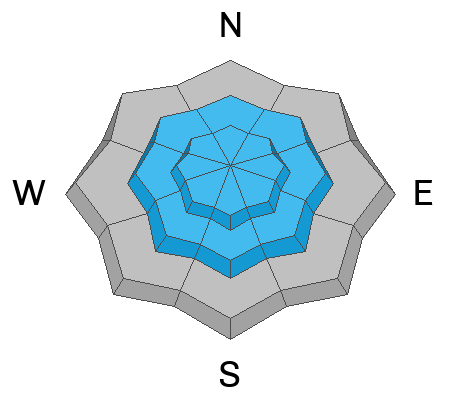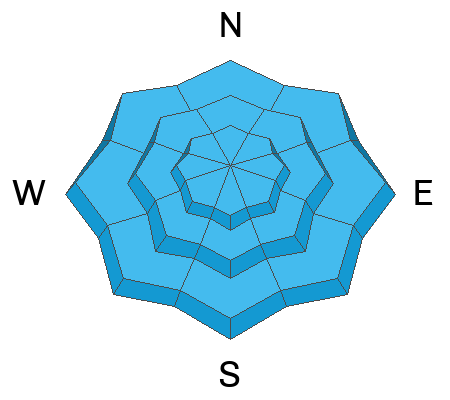Forecast for the Salt Lake Area Mountains

Issued by Dave Kelly on
Saturday morning, March 25, 2023
Saturday morning, March 25, 2023
We have had 2-5' of snow since Monday. This new snow combined with winds picking up from a westerly direction has created an unstable snowpack and the avalanche danger is HIGH on upper elevation slopes where wind-drifted and new snow soft slab avalanches 1-3' deep and 100-150' wide are likely. Travel in avalanche terrain is NOT RECOMMENDED. Mid and low-elevation slopes have a CONSIDERABLE avalanche danger where careful snowpack evaluation and terrain selection will lead you directly to safer terrain and soft snow. Avoid steep slopes if you see signs of cracking or collapsing in the new snow.
There is plenty of great riding to be had on slopes under 30 degrees and not below or attached to steep terrain.

Low
Moderate
Considerable
High
Extreme
Learn how to read the forecast here









